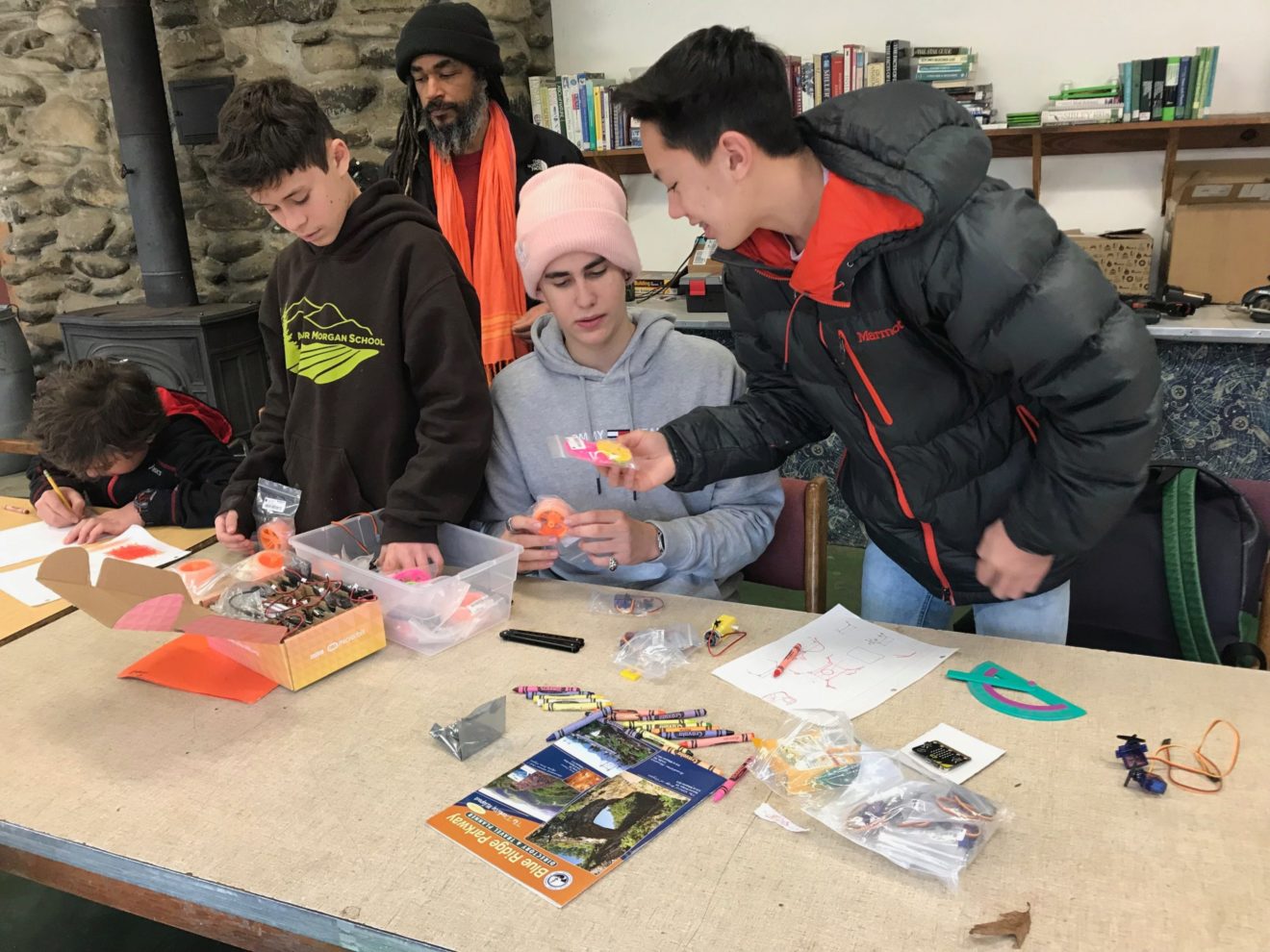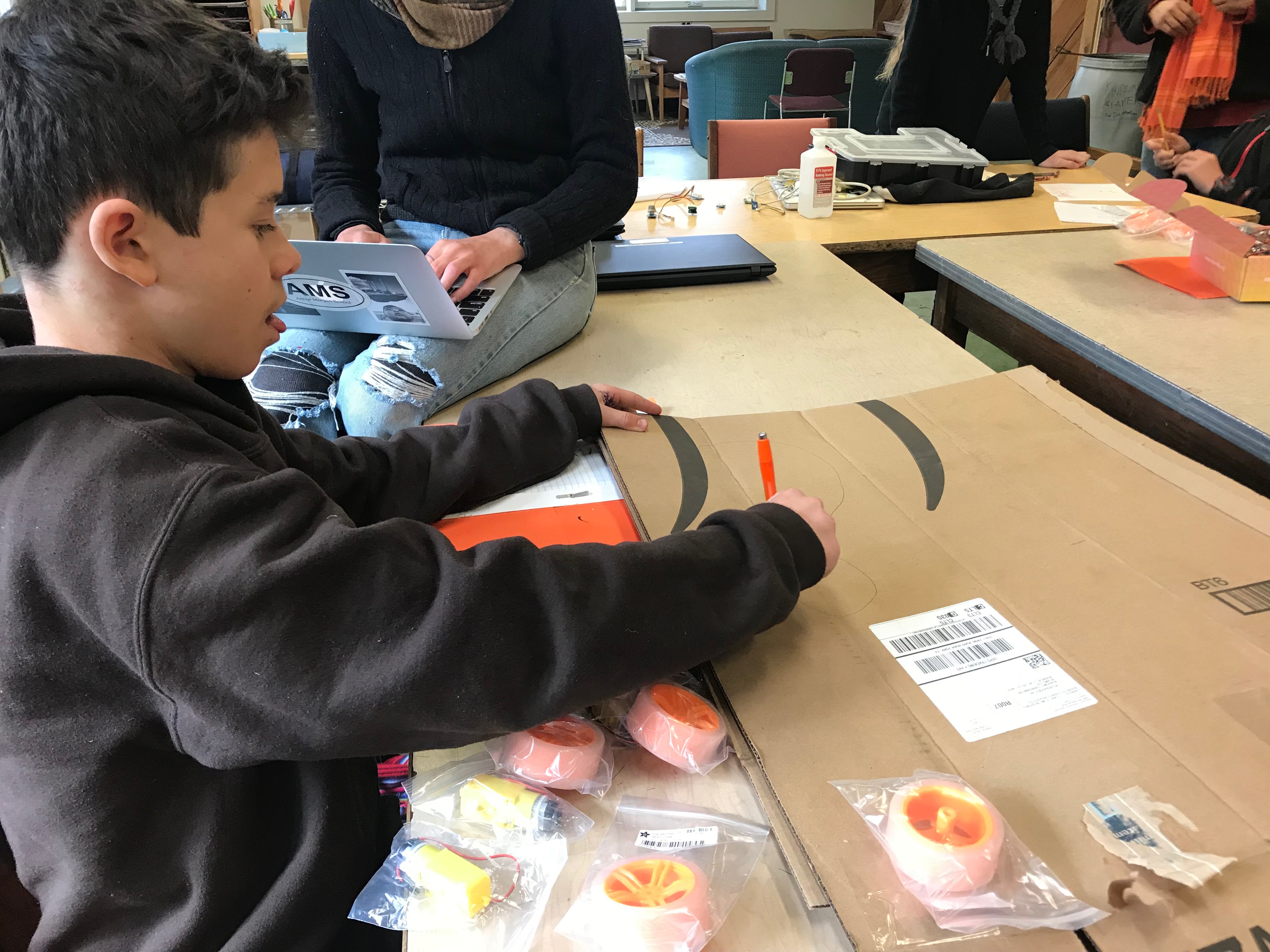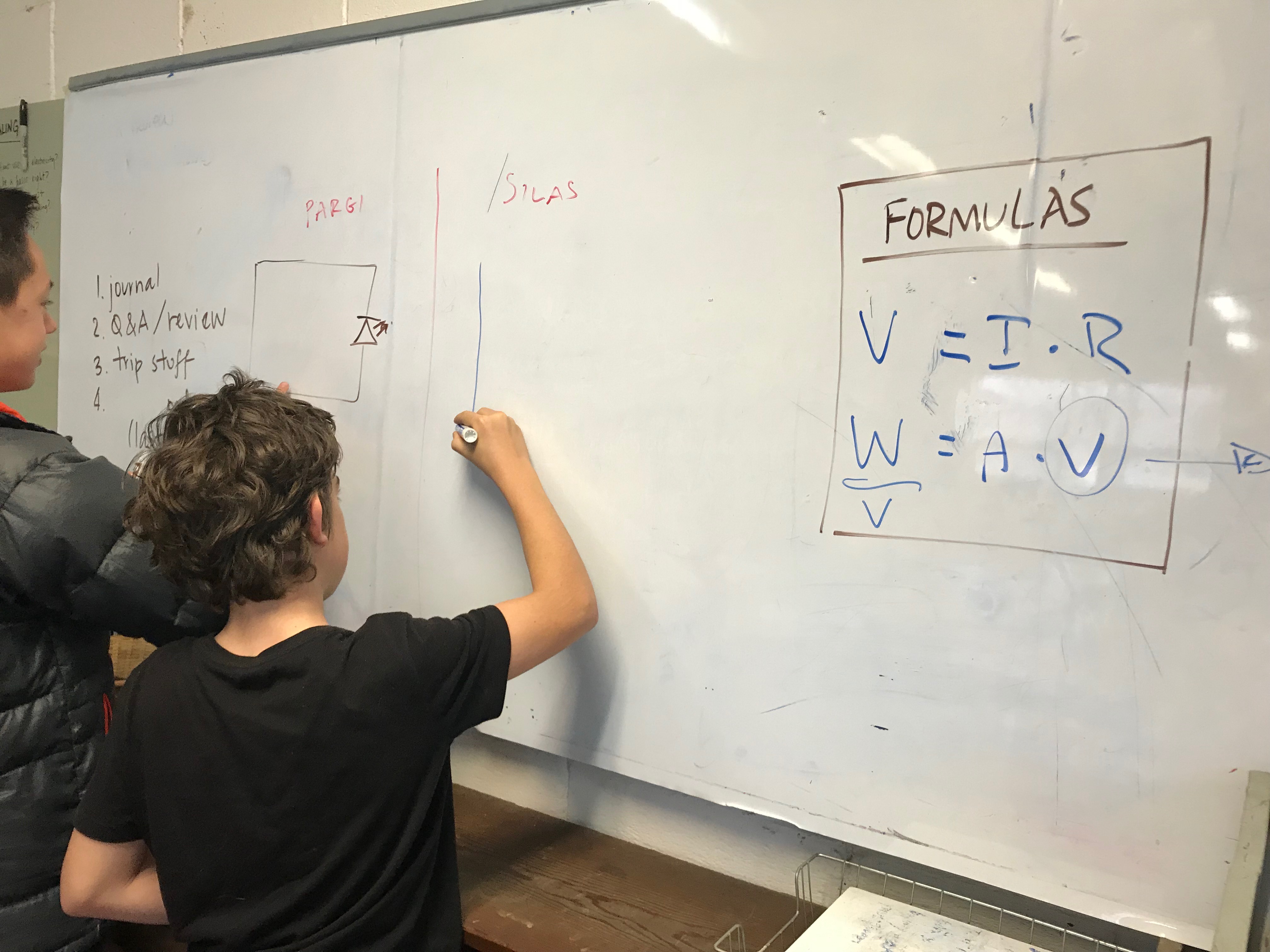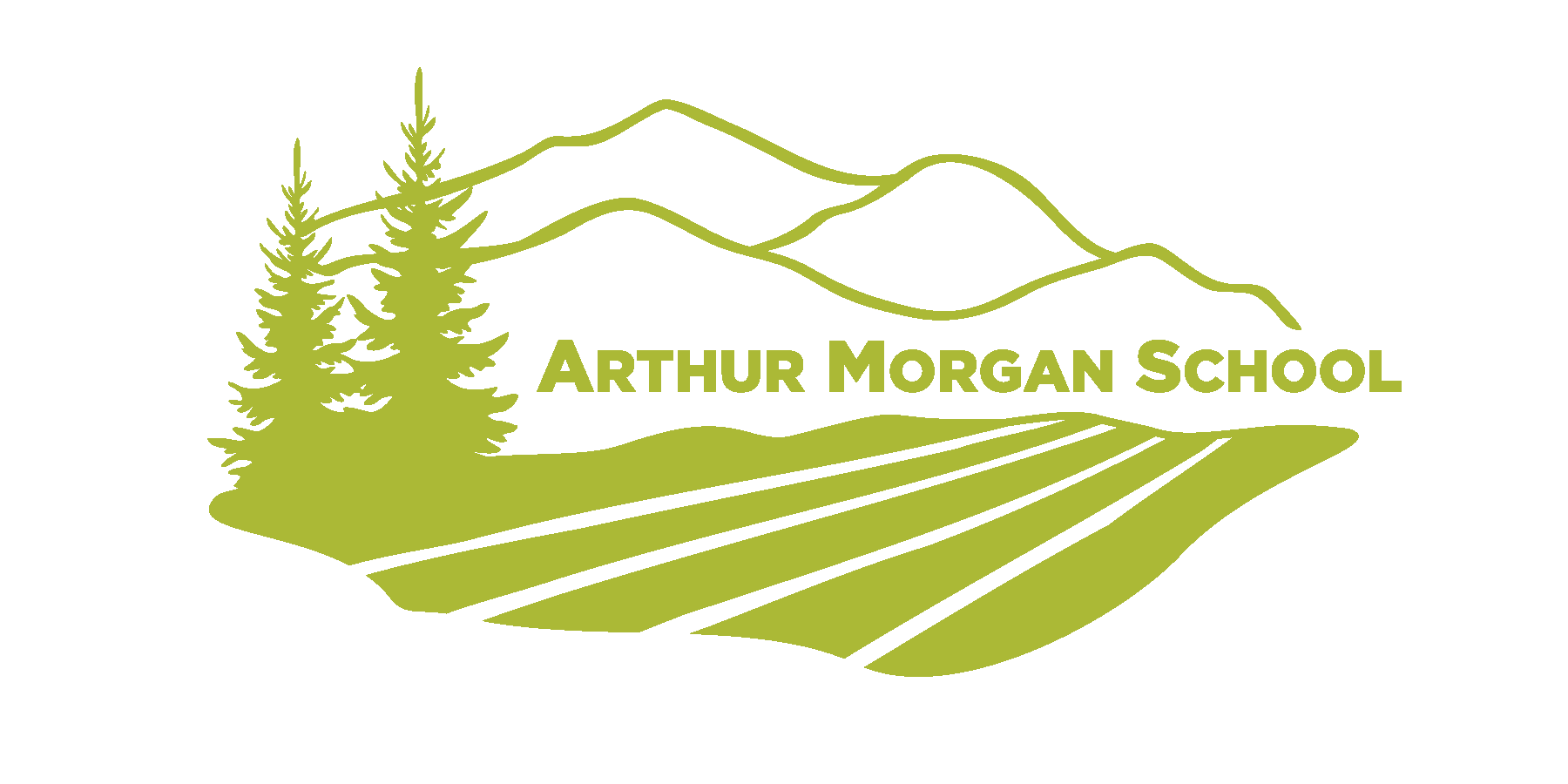Teaching Scientific Literacy this Field Trip Unit

Being an adolescent is all about causal relationships. Middle schoolers find themselves thinking, if I do this, then what happens? If I test this boundary, then what happens? It’s an exciting age. Middle schoolers begin to recognize their actions have real consequences. It’s crucial that adolescents feel safe in testing these “what ifs.” And it’s equally crucial for them to experience the scientific method in more formal settings. Ideally both in and out of the classroom. At Arthur Morgan School, this is a priority.
Fostering Curiosity
In an article from Harvard Graduate School of Education on the purpose of learning science, Victor Pereira, a fellow educator, shares pertinent wisdom. Pereira says “the nature of science itself is: make observations, try and identify patterns, ask questions, find answers, ask more questions.” He adds, “It’s solving. It’s a way of thinking.” In other words, it is key that young students see science as a place to acquire skills and methods of understanding. Instead of teaching science as a series of memorized facts, we show students scientific thinking. Furthermore, critical to science learning success is collaboration. “Science doesn’t happen in isolation,” states Pereira. It is with this pedagogy in mind that students are engaging in our Robotics and Engineering 18 Days Field Trip Class.
Choosing When and Where to Use Computers in Class

Jacob, a seventh grader, starts to design their idea for a robot car.
The bulk of AMS’ academic curriculum self-selects to embrace less technology in the classroom. This means limited computer use and strict rules to eliminate student phone or tablet usage. We see these restrictions lead to great learning opportunities for our students. However, there are some courses where choice technology makes all the difference. This 18 Days Field Trip Class is one of them. So far, students are programming basic raspberry pis, or small single-board computers, to complete tiny tasks. This includes programming them to light up and spell their names, or create a pattern of blinking tiny dots. Adding to this learning are classroom discussions to understand what a computer does and how it does it. This weeks students are taking all they’ve learned so far and beginning to work on building robots of various shapes and sizes!
Speaking a Whole Other Language

Students demonstrate their understanding of Ohm’s Law.
In this particular core class, students are responsible for weekly vocabulary sheets. These include terms that focus on the hows of electricity, batteries, engineering, and programming. Because this a first for many students, opportunities to supplement classroom discoveries with out-of-class information is crucial. Plus, with additional weekly vocabulary review, students are empowered to ask questions about what is harder to grasp. They are also encouraged to explain these new concepts to one another (with teacher guidance and support, of course). This is just one way in which this course is encouraging students to collaborate. These collaborations empower students to share knowledge and curiosity.
Walking, Talking “Robots”
Before being able to program their tiny computers, students spent a class “programming” Jake. No, Jake is not name of some circuit board, but is one of their teachers. And students had to program Jake to properly make a peanut butter and jelly sandwich. This required defining terms, writing precise step-by-step directions. Most importantly, this activity necessitated being able to switch up directions on the spot as students realized where their instructions were more or less specific. What does this have to do with computers? Everything. Through providing a real life example of how to “program a person,” our robotics class emphasizes the importance of the scientific method in coding. Students were forced to adapt ideas to the situation. They succeeded in this and worked together to create a thorough explanation of how to make a simple sandwich. This activity also led to an immense amount of play, which as Time noted in an education article, can have a big impact. By combining a learning experience with a play-based activity, everybody wins.
Experiencing Engineering Outside of Our Community
In order to make the most of this 18 Days Field Trip, students are hard at work both in and outside of the classroom. We are planning our field trip to explore what most excites students. So far this means visiting Washington, D.C, University of Maryland, the Smithsonian, MIT and more. Students and staff are talking about potentially traveling all the way to New Hampshire! Students look forward to connecting material from class to their real-world applications. For instance, in class we listened to a Rabiolab podcast about one of the oldest robots in existence. Now, we plan to see this robot, in person, at the Smithsonian Museum. This course uniquely creates opportunities for students to learn something in class and later pursue it out of class. We are excited for the upcoming trip as it provides so many learning opportunities.
-By Annie Livingston
